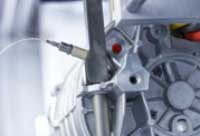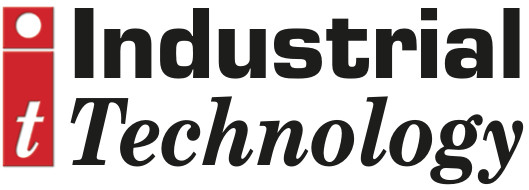
Posted to News on 15th Feb 2021, 00:00
NVH testing for the vehicle of the future
Tighter environmental regulations are triggering disruptive trends in the automotive industry. Now more than ever, the efficiency of the internal combustion engine (ICE) is being pushed to its limits and the need for developing electric drivelines is coming to the fore. These trends not only affect the way vehicles are engineered and how their noise and vibration performance is perceived, they also have an impact on the measurement tools needed to develop the vehicle of the future. Their reliability and flexibility must come with no compromise, and Kistler is supporting this trend.

NVH stands for noise, vibration and harshness, and covers all aspects of the acoustic and vibrational behaviour of a vehicle. A proper design of the NVH characteristics not only influences performance, durability and reliability of the vehicle, it also ensures the conformity to customer expectations in terms of driveability, comfort and brand image. And, as vehicle technology evolves, NVH testing paradigms evolve too.
Challenges ahead for NVH engineering
New propulsion and vehicle technologies change both the way products are engineered and their perception by the final customer. Even outside the technical NVH world, it is evident that electric powertrains show different sound and vibration behaviours compared to the classic ICE. The throaty and often sporty signature sound is now replaced by something closer to a high-frequency whistling of the electric motors.
Moreover, once the engine sound is gone, wind, road and ventilation noises become more noticeable to the passenger, with immediate consequences on the perceived quality and brand image of the vehicle. The shift from a classic ICE-based driveline to an electric one also requires a change in the overall vehicle architecture. For example, the presence of a heavy battery pack has an impact on vehicle dynamics and vibration, and this influences ride quality. In light of such a disruptive process, the job of NVH engineers is to translate new customer expectations and perceptions into quantifiable measures, reliable technologies and effective solutions. They cannot compromise on the reliability and accuracy of their testing tools if they want to be successful.
Kistler therefore supports automotive customers from-sensor-to-answer: starting from acceleration and force sensors to analysis software via cables and data acquisition systems.
NVH measurement technology requirements
The adoption of updated or even newly developed propulsion and vehicle technologies also affects the measurement chain. Requirements must therefore be aligned with the new technical needs.
While acceleration is easily the most measured physical quantity in NVH, the requirements for acceleration sensors depend on each specific application. Classic ICE applications generally require accelerometers that can withstand high temperatures of up to 160°C. At the same time, they need to ensure a thermally stable sensitivity to avoid the need for temperature corrections. Such high standards can be fulfilled by Kistler’s PiezoStar technology, which also offers higher sensitivity compared to industry-standard Quartz solutions.
When shifting to e-motors, broader usable frequency ranges of up to 10kHz which still provide high sensitivity are necessary. Ground isolation gains importance to avoid distorting current loops. Last but not least, a good acceleration sensor for automotive applications must ensure easy and flexible mounting to guarantee a quick and reliable test setup. Ride quality is also important to measure and quantify, especially when heavy battery packs impact the overall vehicle dynamics. Here MEMS capacitive accelerometers ensure that even very low frequencies all the way down to 0Hz are accurately captured.
A shift in vehicle technology often leads NVH engineers to investigate how dynamic forces are transmitted between different vibrating components. Besides being extremely insightful, this technical information feeds higher-level vehicle NVH design processes like Transfer Path Analysis (TPA), blocked force measurements, body-in-white optimisations and others. The quantification of interface forces between the propulsion system and the vehicle frame at the mounting points is of particular interest. The ideal measurement device must, firstly, fit specific and complex packaging spaces and loading conditions.
Secondly, it must be able to measure high frequencies and capture different orders of force magnitude with the same accuracy. Piezo-electric measuring technology ticks all the required boxes, and, if designed by experienced sensor engineers, it can deliver data of outstanding accuracy under virtually any condition. However, designing a piezo-electric sensor is not an easy task and requires the high manufacturing standards, accurate calibration and, more importantly, deep expertise in sensor engineering.
New paradigms in automotive engineering also require new tools for NVH experts to reliably acquire and freely post-process their data, allowing them to abstract from classic and established workflows. Kistler’s KISUITE is such an example, which can be combined with the data acquisition hardware KiNOVA. It leaves engineers complete freedom to customize and automate data analysis processes to extract new and revealing insights.
Understanding is the key to change
Now more than ever the automotive industry is going through a change. The challenges of today will lead to the products of tomorrow. Right now, NVH engineers are designing how the vehicles of the future will sound and feel.
But despite new challenges and changing requirements, reliable and flexible measurement tools will remain the solid foundation of any technological change.
13 Murrell Green Business Park
London Road
RG27 9GR
UNITED KINGDOM
+44 (0)1256 741550






